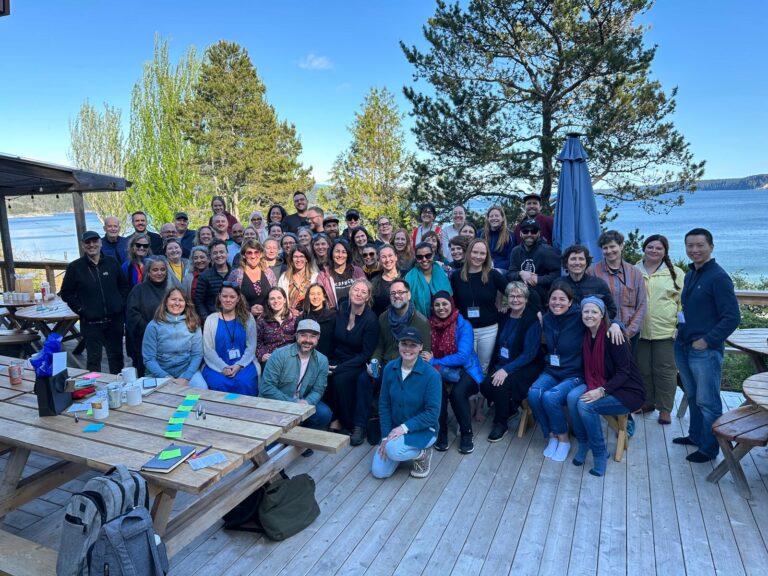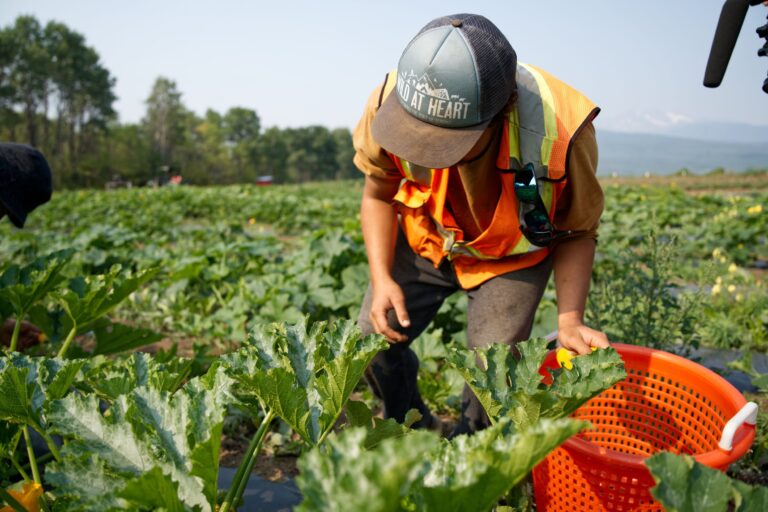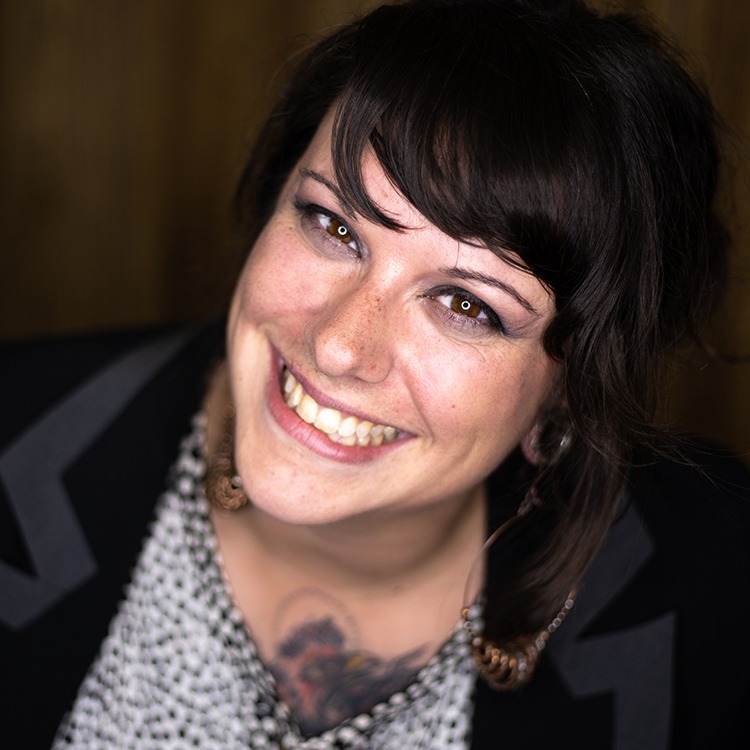
8 July 2021
The Concept of Resiliency: Isha Matous-Gibbs Journey to Urban Matters
Isha Matous-Gibbs has officially joined the Urban Matters (UM) team as a Social Health and Well-being Planner. Isha graduated with a diploma in Community, Family, and Child services in 2012, going on to work in harm reduction, outreach, and frontline work in homeless shelters. She loved frontline work and feeling like she was making a difference in individuals’ lives, which also lead her to discover that she was an excellent crisis manager “when everything hits the fan, I get super calm—which is the opposite of most people—but it’s been a really interesting transferrable skill because it doesn’t really matter what’s going on, I can manage it.”
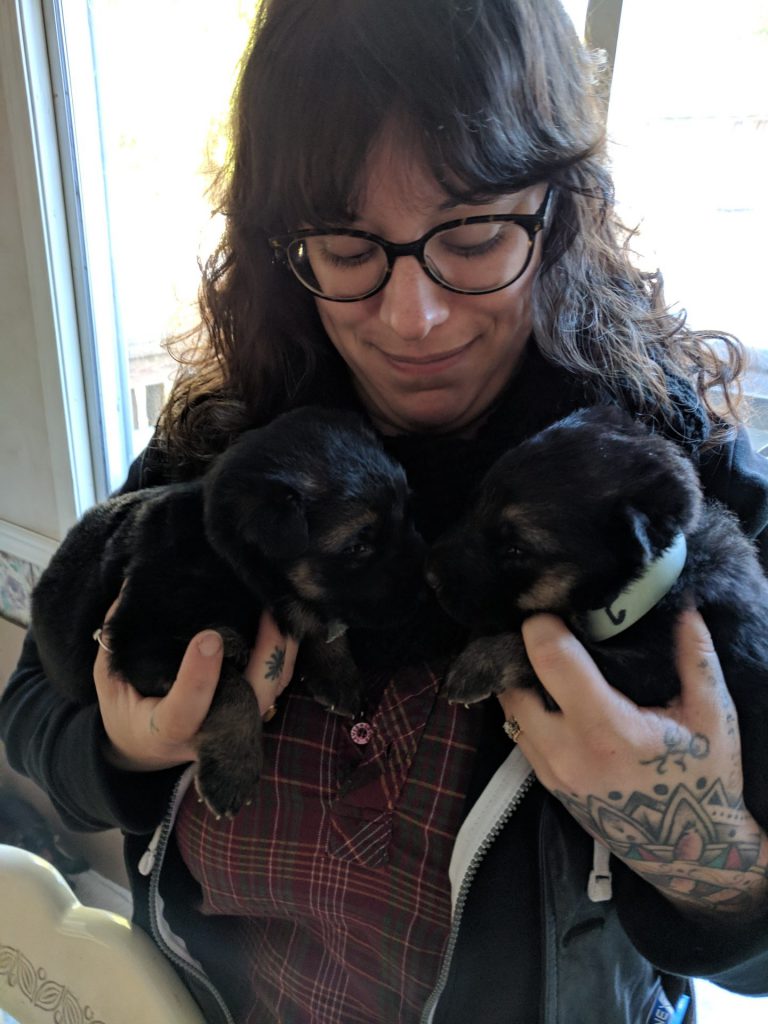
After burning out of frontline work, Isha went back to school to do her undergrad degree in Health and Community Services at UVic and started her Masters of Community Planning at VIU immediately after. While completing her program, Isha got hired as a student researcher at MABRI, the Mount Arrowsmith Biosphere Regional Institute, a research institute that lives alongside VIU. She worked on predominantly Indigenous planning initiatives—Comprehensive Community Planning, housing work with Indigenous Services Canada— “which affirmed it’s the social planning side of things that I love.” Before joining the Urban Matters team, Isha has been working as the Executive Director of the Nanaimo Unitarian Shelter for just over a year now. We connected with Isha to talk about her unique journey to Urban Matters, the fire that she brings into her work, and how her lived experiences inform her approach to social well-being.
What drew you to this work initially?
“Growing up, I was really interested in the concept of resiliency. I, and many others I knew, were certainly struggling, and I was fascinated with why struggling has such catastrophic results for some people, and others can navigate through it. In particular, how some people I knew ended up with significant addiction issues, and others did not. What was the difference?”
Trying to figure this out was the reason Isha went back to school.
“I used to say I was assembling a map of the Death Star. I spent two years in college taking a little bit of everything and thinking alright, there’s some magic bullet here somewhere—but of course, there isn’t. I waded into the chaos head-on instead.
My first year at UVic, we were talking about the social determinants of health in class and one of the units was on neighbourhood area impacts on health outcomes. Something just clicked. A week later we were on a different topic and the teacher posted a bunch of planning documents and said if you like this week’s topic, you should check out some of this work and dig around in these documents; one of the links was Urban Matters.”
Isha dove into the reading, and it found something had clicked for her.
“I remember talking to my then-boyfriend now-husband and saying, ‘I think I found the thing I need to do. This is everything—it’s big picture thinking, it’s taking all of those little pieces of individual lived experiences, and all of the things I have seen over the years of working front line and being able to communicate it with actionable items to the people who can actually make the changes.’ I’ve always wanted to tell the system what to do, so it seemed perfect.’
Looking at the projects that UM was doing was something that made me go ‘that’s what I want to do’. Then I looked at UM as a company, and thought, that company is doing things the way I want to do them. When I started grad school it was directly inspired by Urban Matter’s work, and highly driven by wanting to work for UM. In my first semester, Zach Haigh, who works in the Urban Systems’ Courtney office and is an alumnus of the same program I took, I found him on LinkedIn and told him ‘Hi, I want to work with you, you should give me a job, I’m here for cheap student labour.’ He laughed, and we had over-the-phone coffee and chatted further. I got involved with everything I could when I was in school. I had interviewed with USL for a different position, and they had said I might be a better fit for Urban Matters. Now I’m here. To loop back to the resiliency piece, I had gone through this iterative journey of figuring out there is individual resiliency, but what causes that? Then looking at communities and families, that inner circle of friends, family, school, and immediate surroundings and then going ok, but those all exist within a system. I feel as though my education and my ‘working self’ has gone from individual to immediate surroundings, to society and culture. I love that the society and culture level related to resiliency is the area that I can now make some positive impact in.”
How were you able to expand your focus from that individual system to a societal focus? Was there an ‘aha’ moment where it clicked for you?
“I’ve had multiple aha moments, but I think I have a strong understanding that everything is connected. It’s been a journey to follow those aha moments—a lot of them being like ‘Oh I’ve got this all wrong and I have to start again!’. But constantly having curiosity is key. I had this teacher once that on the first day of class put this tiny little dot on the chalkboard and said ‘this chalkboard is everything there is to know in the world, and this little dot is how much you know’ and then he drew a tiny circle around it and said ‘this circle is how much I know, and my job is to make your circle just a little bit closer to the size of my circle’. I thought that was such a great way of thinking about how we learn and grow as people. We are never going to know everything; it’s all about that curiosity to expand outwards. I take knowledge very seriously, but also in a playful way. Being homeless, you learn to not take anything for granted. I’ve certainly made enough mistakes to stop taking myself seriously. It’s surprising how unique of a perspective that is. One of the big pieces for me in all of this is I’ve lost a lot of people to the overdose crisis. It felt like everything I knew about the world was pulled out from under my feet. I was in a state of total deconstruction of my own understanding of reality. In rebuilding myself, from that I learned how every moment is so precious. Everyone is having these series of precious moments, and they’re feeling them, thinking about and reacting to them, but we don’t always recognize that life is experiential. We focus on goals, and metrics of success and that leads to taking ourselves too seriously. I try and bring lightness and curiosity and joy and my love of messy into everything, especially social planning—because what’s messier than intangible planning?”
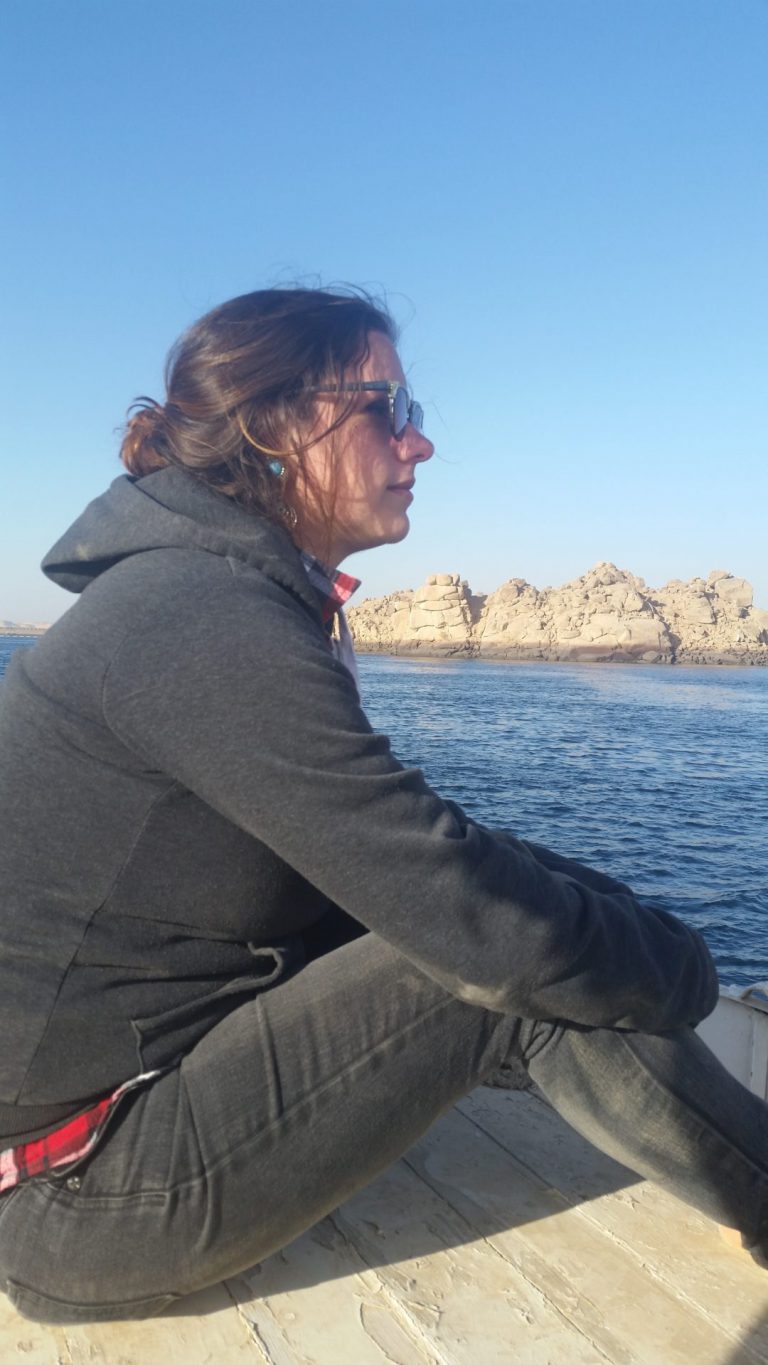
Do you think that sense of individualized experiences and individual perceptions is something that you try to integrate into your social planning work by keeping things personalized and non-prescriptive?
“Absolutely. Lived experience is starting to become more and more recognized and valued at tables of discussion. It’s interesting because I often take off that lived experience hat to do the engagement pieces, but I’m also a huge advocate of reminding people that you cannot talk to a community of people and say ‘hey, what’s the nature of your oppression?’, put it in a report and then come back and ask them again a year later without having done anything.
I really believe in lived experience, but I’m also super protective because people who are sharing their lived experiences are sharing their trauma, grief, and struggles. They’re often present in the room because they want help, and they think talking to us is going to mean help is coming, so I try and bring an advocacy of meaningful engagement and change. It can’t just be ‘tell me your trauma’, it has to be ‘how can I bring your suggestions to those to make change’.
No matter who you are, everyone shows up and brings the entirety of their experience with them. It doesn’t matter if you’re a city councillor, or someone who has experienced addiction, you’re both coming with the totality of your experience. I strongly believe that the human experience is a lot closer than we think. Almost all of us have experienced grief and sadness and joy and anger, a cool breeze on our face or jumping into a cold body of water in spring; we have all of these shared experiences and we don’t recognize them all the time.”
In traditional city planning, the lived experience of those who are in the city and experience it in a completely different way than ‘where should we lay sewer pipes and place these electrical poles’ is often something that isn’t considered. Do you see yourself as being able to bring this lived experience factor into day-to-day conversations on a municipal level?
“Yes, well I hope I can. I don’t love tooting my own horn, but how many people who were ‘drunk gutter punks’ in their 20’s have a Master’s degree and a livable salary? It’s not very heard of. It can feel like I speak two languages—namely academic (often theoretical and over-complicated), and the language of daily living. These have both overt and really subtle differences. There are cultural differences too, between classes and the whole ‘white-collar/blue-collar divide. My friends come from diverse backgrounds, and many speak the language of daily living. They have taught me so much and are such a core part of who I am. We don’t just talk about community and kindness, we live it; we live resilience, supportiveness, and sharing, and we have had shared experiences of trauma and loss. Their voices are often left out, but I want to bring their ideas forward into the world too. I often bounce ideas off them and bring those to the table because there is a culture shock that I struggled with for a long time. Not everyone has the language, patience and access to participate in community decision-making. Some people are just out living it.
I think there is a big gap in how we communicate with each other. When doing any sort of engagement or public education, you have to talk to the community in a way that’s going to make sense to them, and not just on some piece of paper in some boardroom somewhere. Even how we phrase questions or present things to the public—every time I see a document I ask ‘have you made sure this is readable, interesting, and clear enough for it to be useful to diverse people?’ Not everyone wants to read dense information, and not everyone has the privilege of time to do that. If we are seeking to bring people together, there needs to be a way to share information so that everyone can use it. We have to break down the ivory tower.”
Where do you think your fire for making change comes from, if you had to name it?
“A healthy balance of anger and love. There is still a part of me who is that 7-year- old child who doesn’t feel like they’ve had their equal share of the chocolate bar— but life’s not fair, it should be fair! I’ve been told that ever since I’ve been a kid I chose to stick up for the underdog because I’m angry that the world, and mostly the people in the world, don’t operate out of consideration, kindness and respect. At the same time, I love the world and want to help it be better. I’ve always got one foot in anger and one in love; anger isn’t a negative emotion in my mind. It’s a motivator.”
How do you bring that fire into your work with Urban Matters?
“One of the things I love is being excited about how Urban Matters can be a platform for me to do the work I want to do. It’s not just about getting contracts, getting them done and out and getting paid. I have big ideas. I want to change the world. I’m still looking for that Death Star map, the air vent that will help dismantle oppressive systems. I want to bring more unity to our communities and I know that UM is going to support me in being weird and experimental and I get to make space for that. I’m happy to be somewhere that I know I have space to continue MY work in this.


